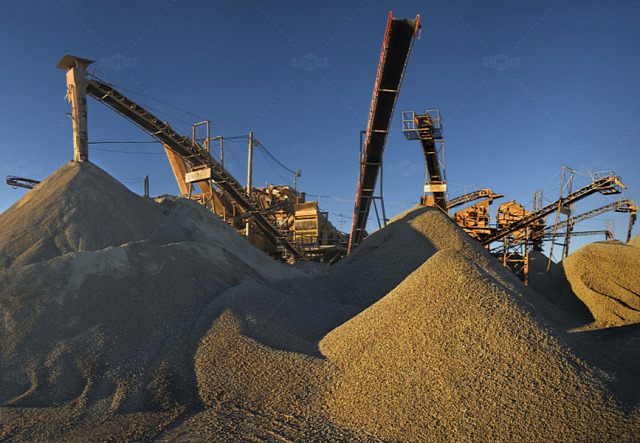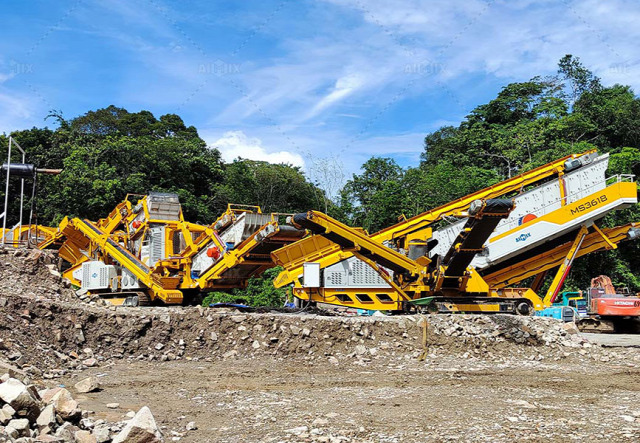Operating a stone crushing plant involves various expenses that extend beyond the initial setup costs. To achieve profitability, plant managers must comprehend these ongoing costs and strategically manage them. A thorough understanding of the true stone crusher plant cost can aid in optimizing operations, ensuring sustainable financial performance, and maintaining competitiveness in the market.
Initial Investment and Capital Expenditure
Equipment and Installation
The primary capital expenditure for a stone crushing plant includes the cost of machinery, which can vary significantly depending on the plant size and technology used. High-efficiency crushers, screens, conveyors, and other essential equipment constitute the bulk of this expense. Additionally, installation costs, encompassing site preparation, foundation work, and system setup, contribute to the initial financial outlay.
Infrastructure and Utilities
Beyond machinery, the plant requires robust infrastructure and utility services. This encompasses power supply systems, water sources, waste management facilities, and transportation access. The establishment of these elements necessitates substantial investment and planning, as they are critical to the plant's seamless operation.

Operational and Maintenance Expenses
Labor and Staffing
Labor costs form a significant portion of operational expenses. This includes wages for skilled and unskilled workers, supervisory staff, and administrative personnel. Effective labor management is crucial to maintaining productivity while controlling costs. Training programs to enhance worker efficiency and safety also incur additional expenses.
Energy Consumption
Energy consumption is a major operational cost in stone crushing plants. The machinery involved in crushing, screening, and conveying consumes substantial electricity or fuel. Implementing energy-efficient practices and technologies can mitigate these costs, contributing to overall financial sustainability.
Maintenance and Repairs
Regular maintenance and timely repairs are essential to ensure the longevity and optimal performance of track mounted crushers equipment. This includes routine inspections, parts replacement, and emergency repairs. Allocating resources for a comprehensive maintenance schedule helps prevent costly breakdowns and extends the life of the machinery.
Environmental and Compliance Costs
Regulatory Compliance
Stone crushing plants must adhere to stringent environmental regulations and industry standards. Compliance with these regulations requires continuous monitoring and reporting, which entails administrative and operational costs. Non-compliance can result in hefty fines and legal liabilities, further emphasizing the importance of adherence.

Environmental Impact Mitigation
Mitigating the environmental impact of stone crushing operations is another critical cost factor. This includes implementing dust suppression systems, noise reduction measures, and waste management protocols. Investing in environmentally friendly technologies and practices not only ensures compliance but also enhances the plant’s sustainability and public image.
Conclusion
Understanding the true costs of running a stone crushing plant extends far beyond the initial investment. By accounting for ongoing operational expenses, maintenance, labor, energy consumption, and environmental compliance, plant managers can better strategize and optimize their operations. This holistic approach to cost management is essential for achieving long-term profitability and maintaining a competitive edge in the industry.

